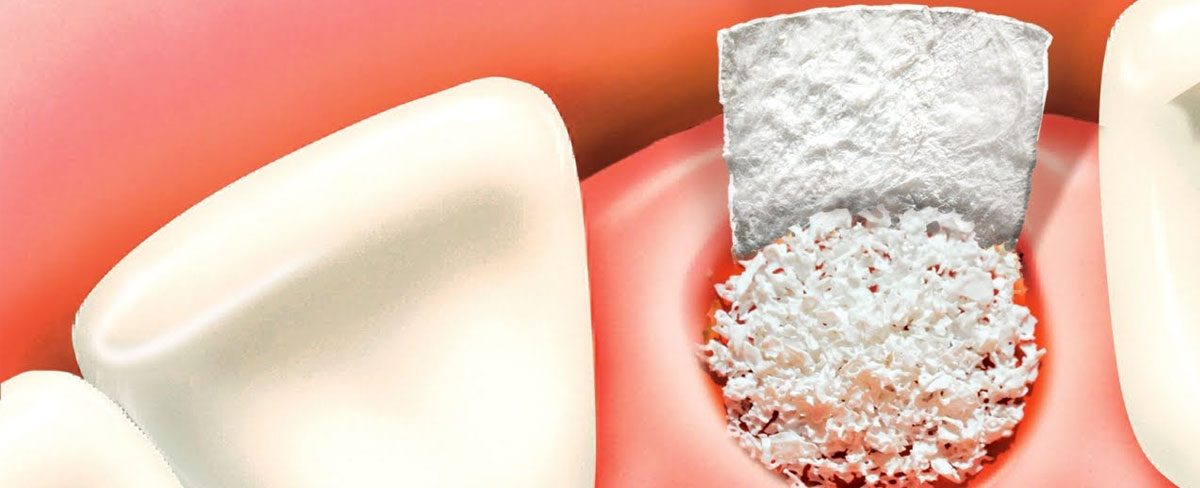Dental implants are synthetic tooth roots that are designed to anchor replacement teeth. They are surgically placed into the jawbone. There are several things that you need to know about dental implant surgery.
Tips to Consider After Dental Implant Surgery
You should try to avoid touching the surgical area as much as possible. You can brush your teeth after surgery, but you will need to avoid coming in contact with the incision sites. Your dentist will tell you when you can brush the incision areas.
You can use warm salt water to keep your mouth clean. You will need to put anywhere from 1/4 tsp to 1 tsp of salt in eight ounces of water. Gently swish the salt water around your mouth for about five minutes. You can repeat this process two or three times per day.
If you choose to use a cold pack to reduce swelling, then you will need to apply the pack for 20 minutes at a time. Wait 20 minutes before using the ice pack again. You only need to do this for the first 24 hours.
Exercising after oral surgery can wait, it’s best to start back up when you’re fully healed, as well as getting the green light from your doctor. It is best for you to start off with low-impact exercise in order to minimize the risk of bleeding. Yoga, stretching exercises, walking and light strength training are examples of some of the exercises that you can do after your dental implant surgery. Exercise can help improve blood circulation. This can speed up the healing process.
Dental implant surgery can change your life for the better. However, there are several things that you will have to do in order to ensure that your surgery is a success.
For more information about dental implant aftercare, please contact Reedley Family Dental. We are here and ready to help.




